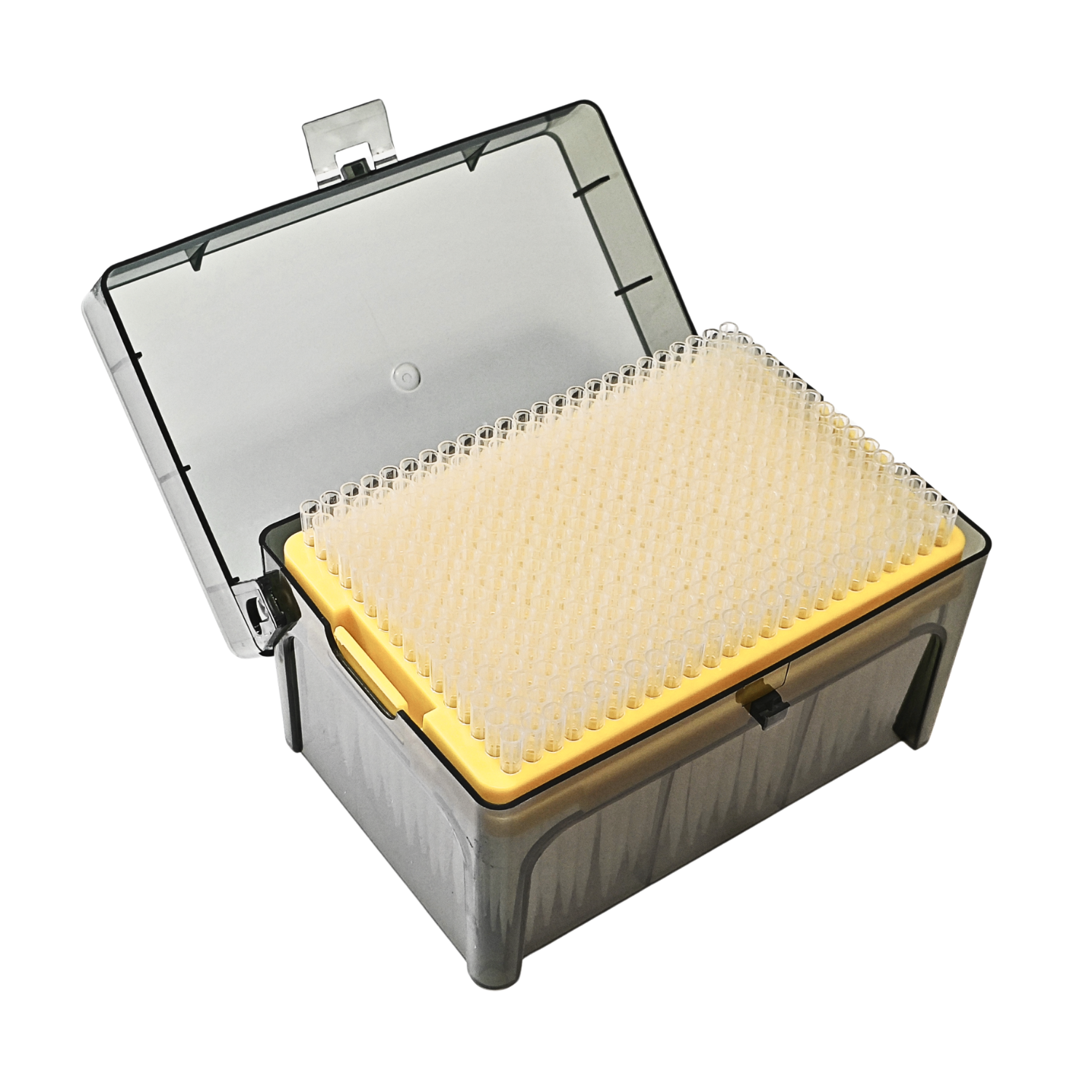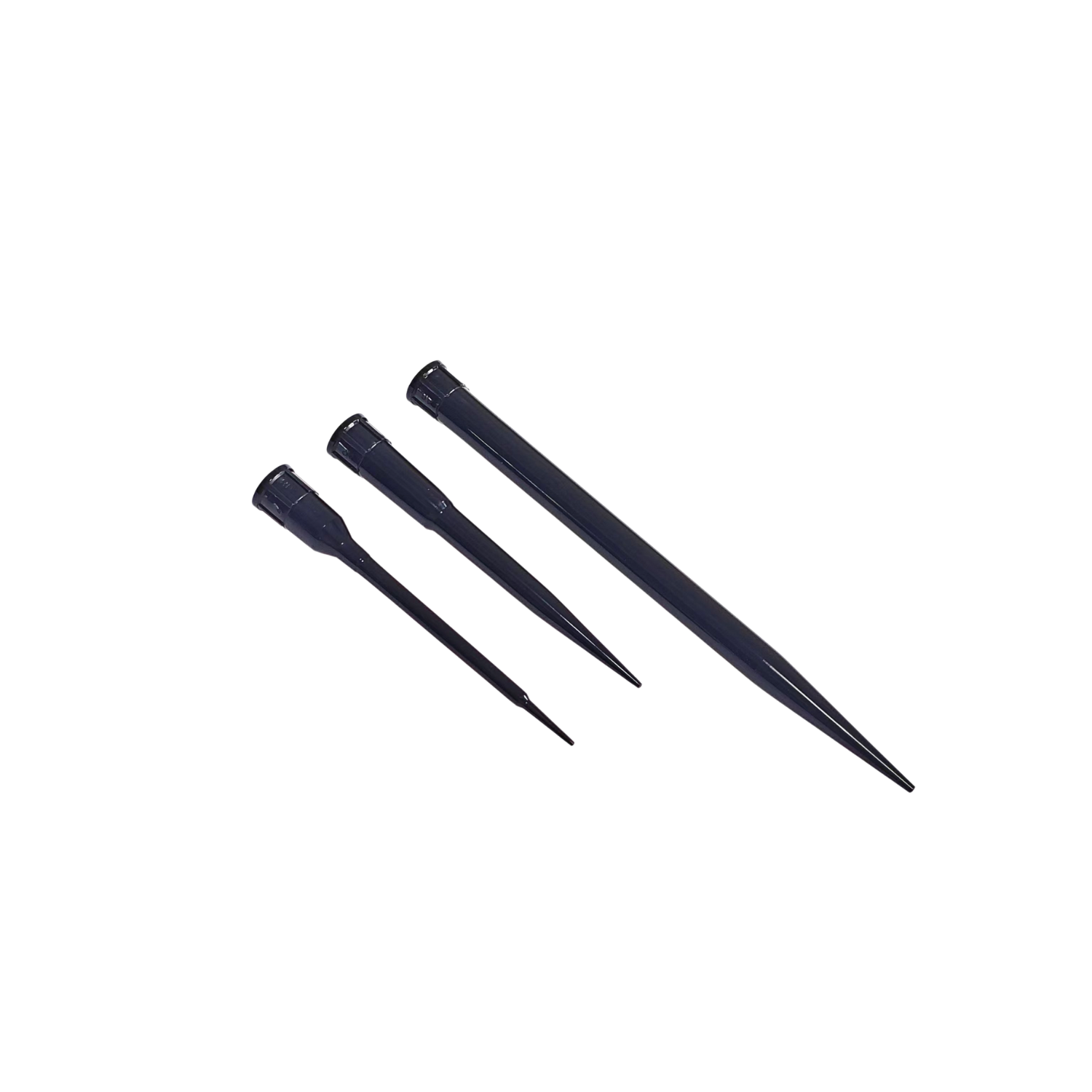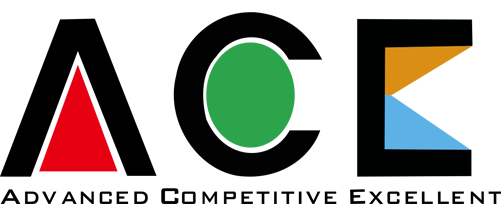What are the precautions in calibrating a pipette and burette?
Accurate liquid measurement is essential for successful laboratory experiments, particularly in fields like biomedical research, chemistry, and pharmaceuticals. Calibration of instruments such as pipettes and burettes is crucial to ensuring precision in your work. Whether you're conducting titrations, transferring liquids, or performing chemical analyses, following the right precautions during the calibration process ensures consistent, reliable results.
At Ace Biomedical, we understand the importance of using high-quality instruments for accurate measurements. In this article, we'll guide you through best practices and key precautions for calibrating pipettes and burettes, ensuring maximum accuracy and performance.
To explore our pipette tips and other precision instruments, visit our product page or learn more about our services.


What Is Calibration and Why Is It Important?
Calibration refers to the process of verifying the accuracy of laboratory instruments by comparing their measurements with known standards. For pipettes and burettes, this means ensuring that the volume they measure or dispense matches the intended amount as closely as possible. Without proper calibration, inaccurate measurements can lead to faulty experimental results, which is why regular calibration is essential.
Precautions for Calibrating a Pipette
A pipette is a precise instrument used to transfer a specific volume of liquid. To ensure its accuracy, follow these important precautions during calibration:
1. Ensure the Pipette Is Clean
Cleanliness is crucial when calibrating a pipette. Any residue or contaminants left inside the pipette from previous uses can alter the measurement. Clean your pipette thoroughly with a suitable cleaning agent and rinse it with distilled water to ensure there are no lingering chemicals.
2. Consider Temperature Effects on Volume
Temperature significantly affects liquid volume. Calibration should be carried out at the same temperature at which the pipette will be used. Most pipettes are calibrated at a standard temperature of 20°C to 25°C. If the liquid temperature differs from this range, it can affect the volume dispensed. Make sure that both the pipette and liquid are at a consistent temperature to avoid discrepancies.
3. Remove Air Bubbles
Air bubbles inside the pipette can cause significant measurement errors. Before calibration, ensure there are no air bubbles in the pipette barrel or tip. Tap the pipette gently or prime it to remove any trapped air. This will ensure that the pipette dispenses the correct volume of liquid.
4. Use Proper Handling Techniques
The way you handle the pipette during calibration can directly impact measurement accuracy. Always hold the pipette vertically to ensure consistent liquid flow. Tilting the pipette can lead to errors in volume, so it is essential to handle it according to the manufacturer’s instructions.
5. Check for Visible Damage
Before calibration, check the pipette for visible damage, such as cracks or leaks. Any damage can lead to inaccurate measurements and should be addressed immediately. A damaged pipette is not suitable for accurate measurement, so ensure it is in good condition before use.
6. Use Known Calibration Liquids
To calibrate a pipette, use a liquid with a known volume, such as distilled water. Measure the liquid dispensed by the pipette and compare it to the expected value. If there is any discrepancy, adjust the pipette to match the correct volume. Regular calibration checks will help maintain accuracy over time.
7. Store the Pipette Correctly
Proper storage is important for maintaining your pipette's calibration. When not in use, store the pipette in a safe, dry place, away from harsh chemicals and physical damage. Using a protective case or holder ensures that the pipette remains in optimal condition for future use.
Precautions for Calibrating a Burette
A burette is commonly used to dispense precise volumes of liquid during titrations or other experiments. Proper calibration of a burette requires careful attention to detail. Below are key precautions to follow when calibrating a burette:
1. Clean the Burette Thoroughly
Just like a pipette, a burette should be cleaned before calibration. Any residue from previous experiments can interfere with the measurement. Clean the burette thoroughly with distilled water and rinse it multiple times to remove any contaminants.
2. Check for Air Bubbles
Air bubbles inside the burette or nozzle can lead to significant measurement errors. Before calibration, ensure there are no air bubbles. Fill the burette with water, and allow any trapped air to escape by opening the stopcock, then dispensing the liquid to clear out the bubbles.
3. Zero the Burette
Zeroing the burette is a crucial step in calibration. When the burette is filled, make sure the starting point is set at the zero mark. Any deviation from the zero point can cause inaccuracies in the volume measurement during use. Always check the burette is at zero before starting any experiment or calibration process.
4. Use Known Calibration Liquids
As with pipettes, calibrate a burette using known standards for accuracy. Distilled water is an ideal liquid for this purpose because it has a known density and is easy to measure. After filling the burette, dispense the liquid into a graduated cylinder and compare the volume to the expected value. Adjust the burette calibration if discrepancies are found.
5. Inspect the Stopcock
The stopcock controls the flow of liquid from the burette. Ensure that it is functioning properly and free from leaks. A malfunctioning stopcock can cause uneven flow, resulting in inaccurate readings. Replace or repair the stopcock if necessary to ensure smooth operation.
6. Position the Burette Vertically
To achieve accurate measurements, make sure the burette is positioned vertically during calibration. Tilting the burette can cause liquid to flow unevenly, leading to errors. Use a burette stand to keep the burette securely in place and maintain its vertical alignment during calibration.
7. Read the Meniscus Correctly
When reading the liquid level in the burette, ensure that you are at eye level with the meniscus. The meniscus is the curved surface of the liquid, and for most liquids like water, the curve will be downward. Read the lowest point of the meniscus to ensure accurate volume readings.

Regular calibration of both pipettes and burettes is essential for achieving precise, accurate measurements in laboratory experiments. By following the above precautions, you ensure that your instruments provide reliable data each time. Whether you're working in biomedical research, chemical analysis, or pharmaceutical testing, accurate liquid measurements are critical to the success of your experiments.
At Ace Biomedical, we understand the significance of high-quality laboratory tools. Our pipette tips and other products are designed to meet the highest standards of accuracy, ensuring your experiments deliver the best results. For more information, visit our homepage, or if you need assistance, feel free to contact us.
Post time: Dec-27-2024

